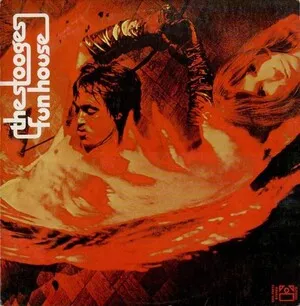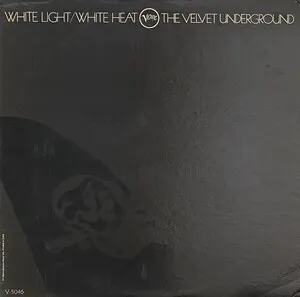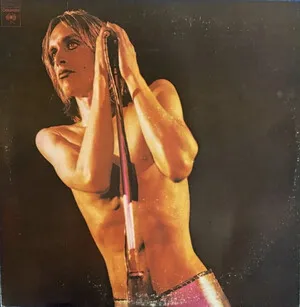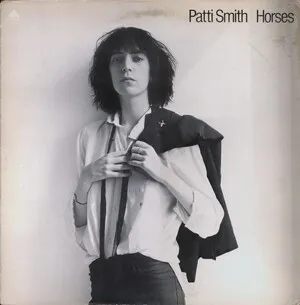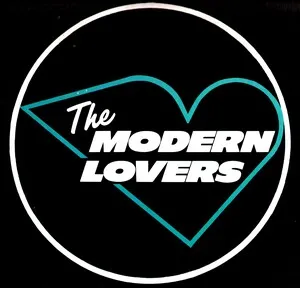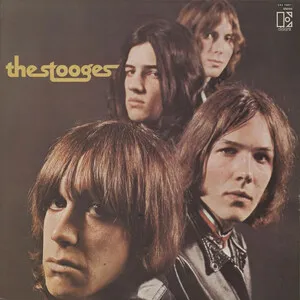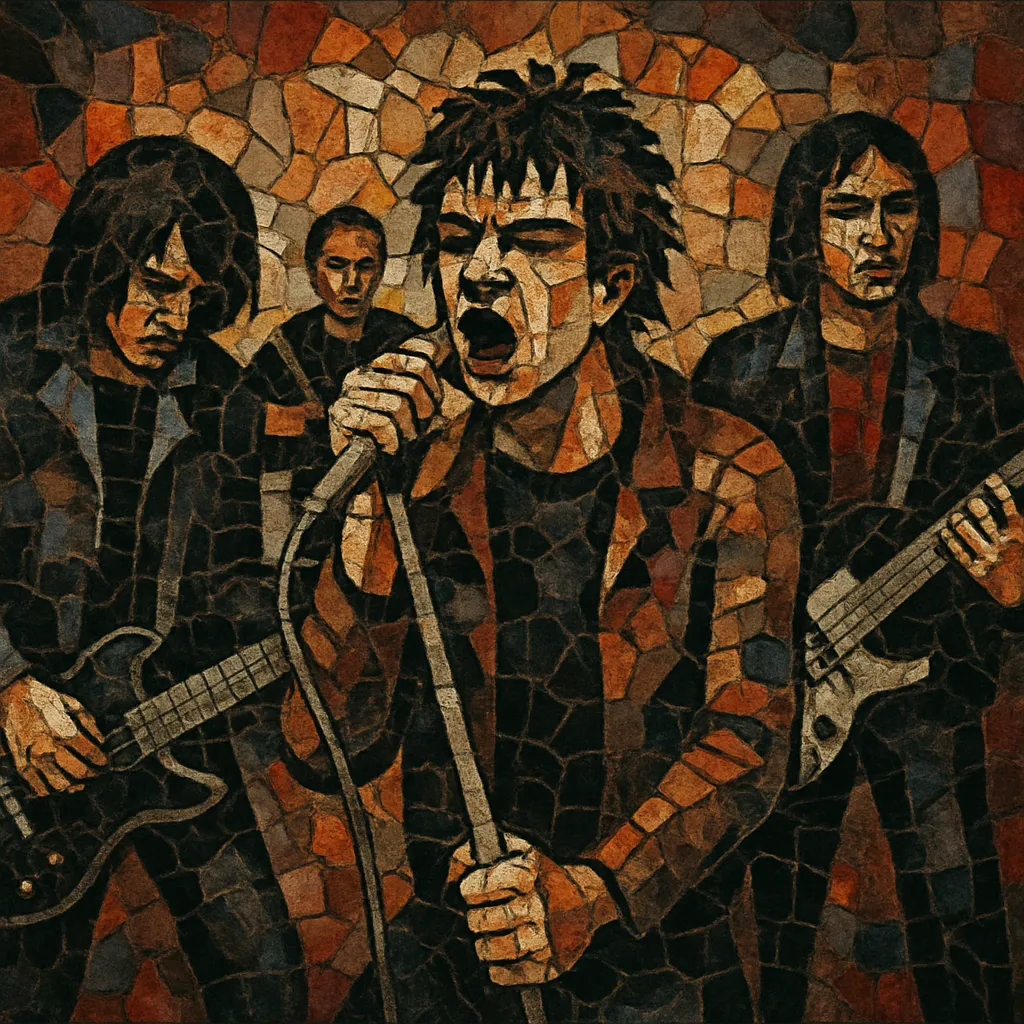
Proto-punk is a catch-all term for the raw, stripped-down rock that immediately preceded and inspired punk rock. It favors abrasive guitar tones, primitive drumming, short song forms, shouted or deadpan vocals, and lyrics steeped in alienation, anti-establishment anger, and street-level realism.
Emerging from 1960s garage rock, avant-leaning art rock, and hard-edged rhythm & blues, proto-punk connected the chaos of early rock and roll with the urgency of the 1970s punk explosion. Its sound ranges from the Detroit ferocity of The Stooges and MC5 to the arty minimalism and noise experiments of The Velvet Underground.
Proto-punk coalesced in the United States during the 1960s from several intersecting streams: raw American garage rock singles, hard-charging rhythm & blues and rock and roll, and art-school experiments that blurred avant-garde minimalism with pop songcraft. Early antecedents include high-energy, fuzzed-out garage bands (e.g., The Sonics) and confrontational art-rock pioneers (e.g., The Velvet Underground), who stripped songs to primal beats, drones, and feedback.
By the late 1960s, the Detroit scene defined the genre’s ferocity. MC5 fused radical politics with maximum-volume R&B riffing, while The Stooges distilled rock to caveman beats, snarling vocals, and monolithic riffs. These bands introduced a nihilistic, confrontational stage presence and embraced purposeful crudity as an aesthetic.
In New York, The Velvet Underground’s minimalist rhythms, deadpan vocals, and noise textures proved pivotal. The early 1970s brought the New York Dolls, who mixed trash-glam attitude with ragged R&B, and The Modern Lovers, who used elemental chord cycles and candid, observational lyrics. Parallel currents in Cleveland (Rocket From The Tombs) and Detroit (Death) extended the style’s raw intensity.
By 1974–1976, CBGB and related venues connected these threads to a new generation (Ramones, Television, Patti Smith), catalyzing punk rock. Proto-punk’s economy, distortion-forward mixes, and anti-virtuoso ethos directly informed punk’s speed, brevity, and DIY stance, while also seeding post-punk, noise rock, indie rock, and new wave.
Aim for immediacy and abrasion. Keep songs short (2–4 minutes), arrangements sparse, and performances a little unhinged. Embrace imperfections as character.

